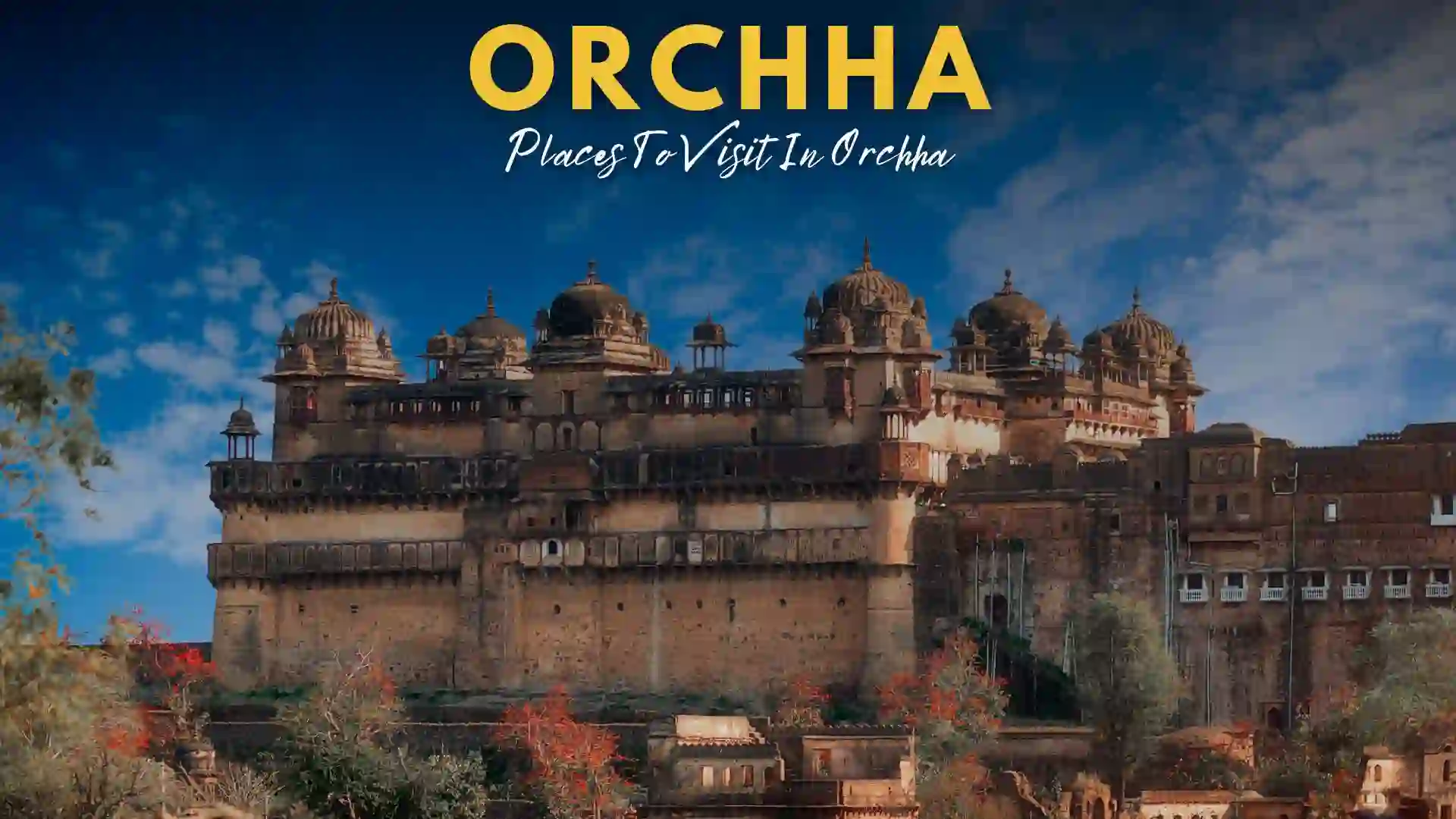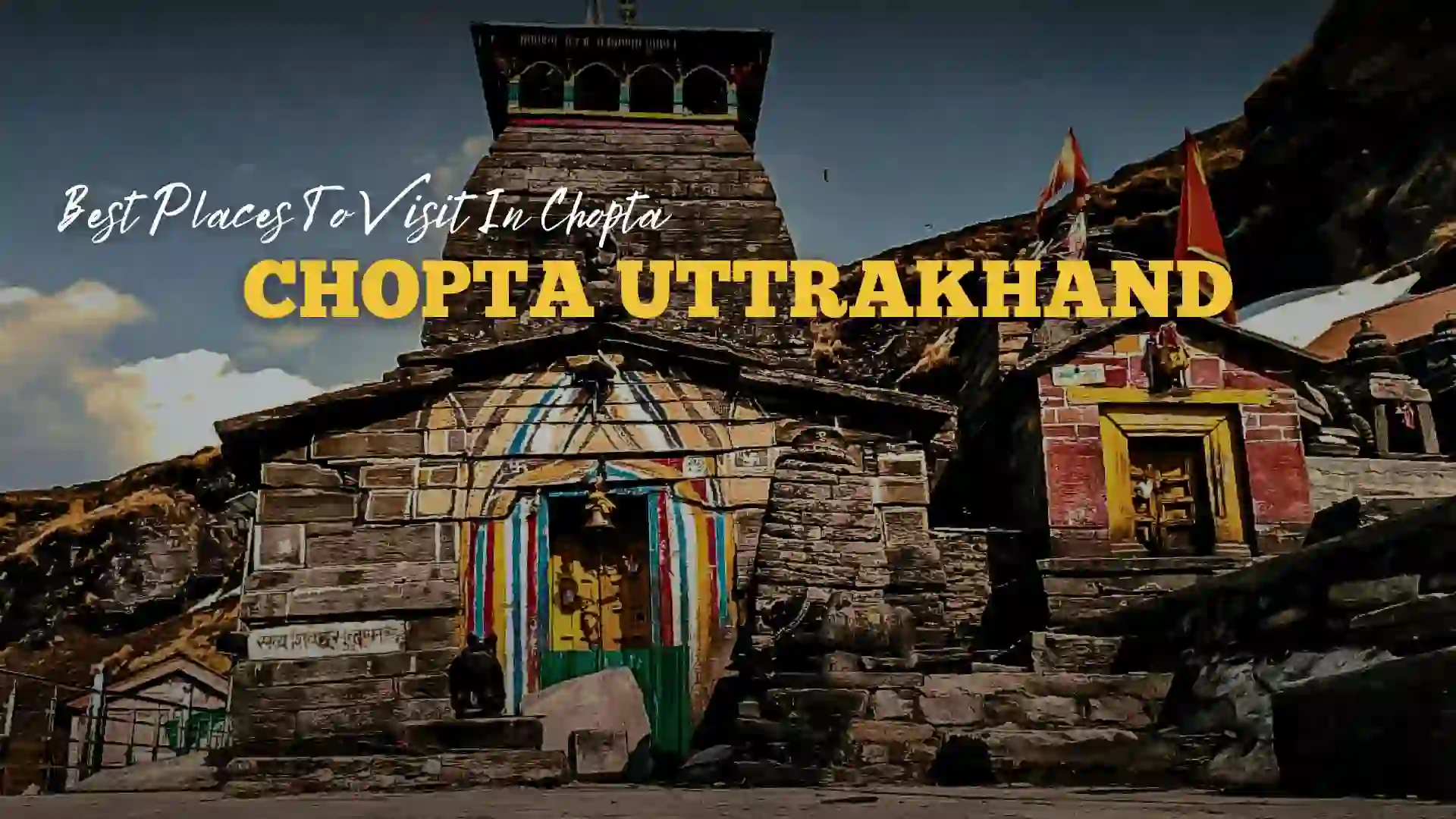India Jaipur Tour
If you’re dreaming of palaces, spicy street food, and streets so pink they’d make Barbie jealous, then an India Jaipur tour should be at the top of your bucket list! Known as the Pink City for its blushing buildings and royal vibes, Jaipur offers a perfect mix of history, culture, and chaos—in the most charming way possible. Whether you’re bargaining in colorful bazaars, pretending to be royalty at Amber Fort, or just trying to survive your first bite of Rajasthani curry, this city promises memories as vibrant as its turbans. Pack your bags (and maybe a few extra napkins), because Jaipur is calling—and it’s fabulous!
A Brief History of Jaipur
Jaipur is the first planned city in India that was established in 1727 by Maharaja Sawai Jai Singh II. Having a well-known architect Vidyadhar Bhattacharya to assist it, the city was constructed per Vastu Shastra and Shilpa Shastra guidelines merging aesthetics with functionality. The reason the city is referred to as Pink City is due to a royal decree, which was used to repaint all structures pink so as to receive the Prince of Wales in 1876 which still continues to date. Exploring this architectural marvel and rich heritage is a must for anyone planning an India Jaipur tour.
Top Attractions in Jaipur
1. Amber Fort (Amer Fort)
About 11 kilometers outside the city is the Amber Fort, a great palace complex, constructed in red sandstone and marble. The fort beautifully presents an intertwining of Hindu and Mughal architecture, and is known to have an interesting collection of the Sheesh Mahal (Mirror Palace), Diwan-i-Aam (Hall of Public Audience) and the Ganesh Pol gateway, which is a beautiful gateway. There are various ways that one can use to reach the fort and it includes jeep ride, hiking on the path and traditional ride through an elephant to the top.
2. City Palace
The City Palace became the epicentre of the city, and it was a huge complex of courtyards, buildings, and gardens, which remains the home of the Jaipur royal family. The palace museum exhibits royal costumes, weapons, paintings and art pieces. The huge seven-storied structure (Chandra Mahal) that is within the complex gives one an understanding of how the royals led such a luxurious life.
3. Hawa Mahal
Hawa Mahal or the Palace of Winds is one of Jaipur most recognizable attractions and a five-storey building that is constructed of pink sandstone. Constructed in the year 1799 by the Maharaja Sawai Pratap Singh, the palace was built such that there are 953 tiny windows (jharokhas) so that royal women could take an appearance at street festivals and remain invisible.
4. Jantar Mantar
Jantar Mantar is another astronomical observatory built by Maharaja Jai Singh II; it qualifies as a UNESCO world heritage site. It consists of 19 stationary tools that are used to monitor space and time. A special feature is the Samrat Yantra, the world’s biggest sundial.
5. Nahargarh Fort and Jaigarh Fort
Sitting above the city, Nahargarh Fort and Jaigarh fort provide great views and a look into the military history of Jaipur. Jaigarh Fort consists of the largest cannon on wheels in the world, and Nahargarh gives good sunset locations and vintage cafes.
Cultural Experiences in Jaipur
Jaipur is not a place with monuments only, it is a living museum of Rajasthani culture. There are a lot of traditional music and dances, mostly in cultural centers, such as Chokhi Dhani, a village-themed resort. In this case, there is folk dance, puppet show, camel ride, and the traditional thalis of Rajasthan. An India Jaipur tour is incomplete without experiencing these cultural gems that showcase the true spirit of Rajasthan.
The tourists who are interested in art would love to see how blue pottery, block-printed textile and miniature painting are made, and these can be seen at local artisan centers. A wonderful place to know more about Jaipur heritage of textile is Anokhi Museum of Hand Printing in Amber.
Suggestions Tour: Delhi Tour
Shopping in Jaipur
A shopper paradise lies in Jaipur. The shops in the city provide jewelry and gemstones as well as textiles, handicrafts and mojari shoes. Markets one has to visit include:
- Johari Bazaar for traditional Kundan and Meenakari jewelry
- Bapu Bazaar for block-printed fabrics and leather goods
- Tripolia Bazaar for brassware and carpets
Remember to bargain politely—it’s part of the local shopping culture.
Food You Must Try
- Dal Baati Churma: A Rajasthani staple consisting of baked wheat balls, lentil curry, and sweetened crushed wheat
- Laal Maas: A rich and spicy curry crafted with tender mutton and bold red spices
- Ghewar: A traditional dessert often made during festive occasions such as Teej and Raksha Bandhan.
- Pyaaz Kachori and Mirchi Vada: Popular street snacks found in almost every market
These dishes can be obtained both in local restaurants and in fine-dining restaurants.
Best Time to Visit Jaipur
The ideal seasons as to when to visit Jaipur are October to March as this forms a pleasant weather that is conducive to vision quest activities. Other cultural events that are organized in the city around this time are:
- Jaipur Literature Festival (January)
- Teej Festival (August, if visiting in monsoon)
- Gangaur Festival (March-April)
The summer season (April-June) should also be avoided since the temperatures may be very hot over this period.
Getting to Jaipur
Jaipur is well-connected to major Indian cities:
- By Air: Jaipur International Airport (JAI) connects to Delhi, Mumbai, Bengaluru, and international cities.
- By Train: Jaipur Junction is a major railway station with trains from across India.
- By Road: Jaipur is around 280 km from Delhi and is easily accessible via NH48. Buses, taxis, and self-drive options are available.
Where to Stay in Jaipur
Jaipur offers accommodations for all types of travelers:
- Luxury: Rambagh Palace, Taj Jai Mahal Palace, and Samode Palace
- Mid-range: Alsisar Haveli, Shahpura House
- Budget: Zostel Jaipur, Moustache Hostel, and guesthouses in Bani Park
Staying in a heritage haveli offers an immersive cultural experience.
Tips for Travelers
- Wear comfortable footwear as you’ll do a lot of walking.
- Dress modestly, especially when visiting temples and forts.
- Stay hydrated and use sunscreen.
- Hire a local guide for deeper insights into the city’s history.
- Be sure to seek permission before taking photos of local people, particularly in market areas.
Conclusion
It is not just a city but a dynastic tour into luxury of the royal past of India. The Pink City is a place where you can pretty much experience nothing more than magnitude, colors, and hospitality. It is your first trip or the second one, Jaipur never fails to impress you with newer attractions. Then pack your bags and be ready to get blown away by one of the most presentable destinations in India with an unforgettable India Jaipur tour.




